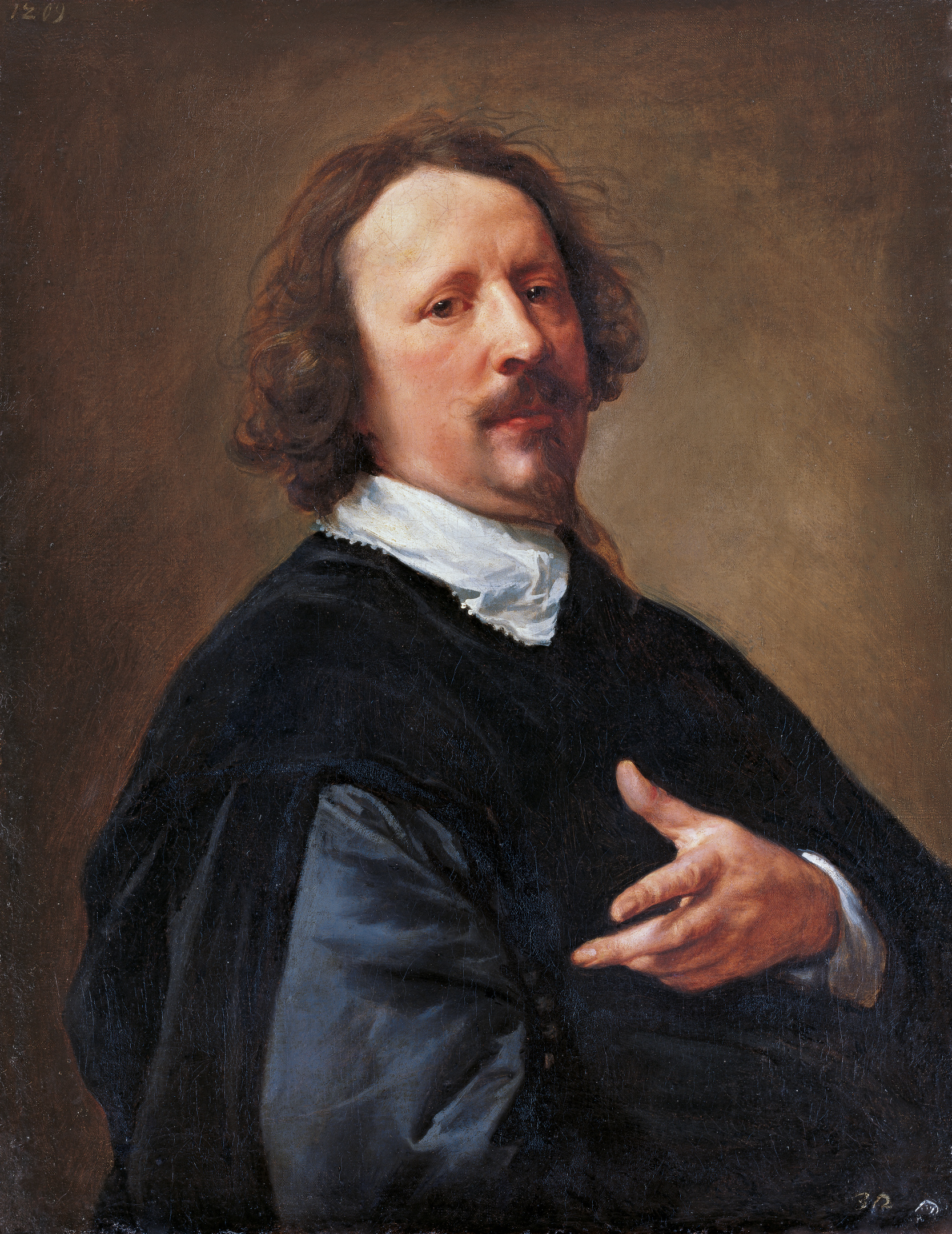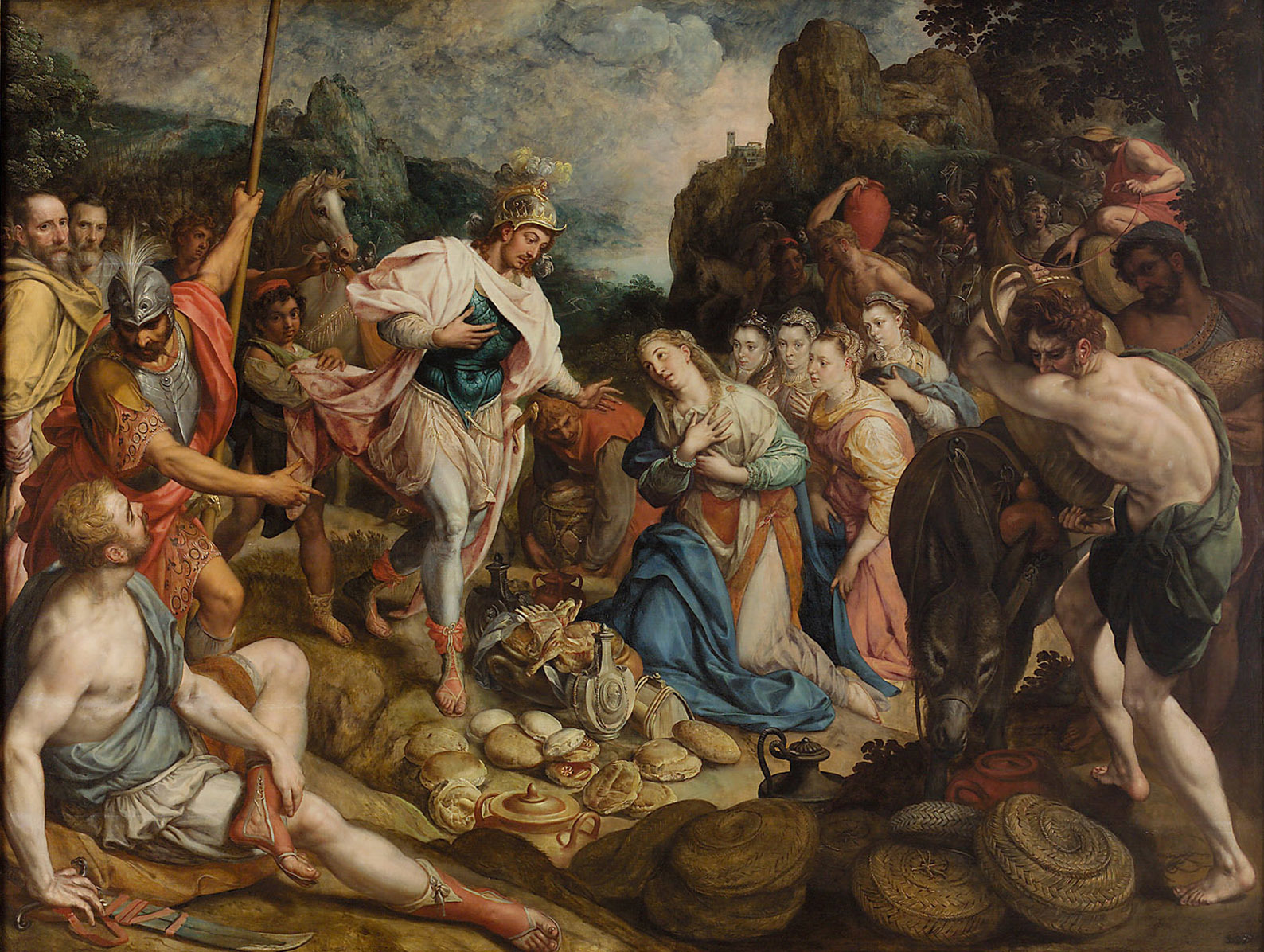|
Ghent Cathedral
Saint Bavo's Cathedral, also known as Sint-Baafs Cathedral ( nl, Sint Baafskathedraal), is a cathedral of the Catholic Church in Ghent, Belgium. The 89-meter-tall Gothic building is the seat of the Diocese of Ghent and is named for Saint Bavo of Ghent. It contains the well-known ''Ghent Altarpiece''. History The cathedral stands on the site of the former Chapel of St. John the Baptist, which was primarily of wooden construction and was consecrated in 942 by Transmarus, Bishop of Tournai and Noyon. Traces of a later Romanesque structure can be found in the cathedral's crypt. Construction of the Gothic church began around 1274. In the subsequent period from the 14th through 16th centuries, nearly continuous expansion projects in the Gothic style were executed on the structure. A new choir, radiating chapels, expansions of the transepts, a chapter house, nave aisles and a single-tower western section were all added. In 1539, as a result of the rebellion against Charles V, w ... [...More Info...] [...Related Items...] OR: [Wikipedia] [Google] [Baidu] |
Ghent
Ghent ( nl, Gent ; french: Gand ; traditional English: Gaunt) is a city and a municipality in the Flemish Region of Belgium. It is the capital and largest city of the East Flanders province, and the third largest in the country, exceeded in size only by Brussels and Antwerp. It is a port and university city. The city originally started as a settlement at the confluence of the Rivers Scheldt and Leie and in the Late Middle Ages became one of the largest and richest cities of northern Europe, with some 50,000 people in 1300. The municipality comprises the city of Ghent proper and the surrounding suburbs of Afsnee, Desteldonk, Drongen, Gentbrugge, Ledeberg, Mariakerke, Mendonk, Oostakker, Sint-Amandsberg, Sint-Denijs-Westrem, Sint-Kruis-Winkel, Wondelgem and Zwijnaarde. With 262,219 inhabitants at the beginning of 2019, Ghent is Belgium's second largest municipality by number of inhabitants. The metropolitan area, including the outer commuter zone, covers an area of and had ... [...More Info...] [...Related Items...] OR: [Wikipedia] [Google] [Baidu] |
Chapter House
A chapter house or chapterhouse is a building or room that is part of a cathedral, monastery or collegiate church in which meetings are held. When attached to a cathedral, the cathedral chapter meets there. In monasteries, the whole community often met there daily for readings and to hear the abbot or senior monks talk. When attached to a collegiate church, the dean, prebendaries and canons of the college meet there. The rooms may also be used for other meetings of various sorts; in medieval times monarchs on tour in their territory would often take them over for their meetings and audiences. Synods, ecclesiastical courts and similar meetings often took place in chapter houses. Design When part of a monastery, the chapter house is generally located on the eastern wing of the cloister, which is next to the church. Since many cathedrals in England were originally monastic foundations, this is a common arrangement there also. Elsewhere it may be a separate building. The chap ... [...More Info...] [...Related Items...] OR: [Wikipedia] [Google] [Baidu] |
Caspar De Crayer
Gaspar de Crayer or Jasper de CrayerName variations: Caspar de Crayer and Gaspard de Crayer (18 November 1584 – 27 January 1669) was a Flemish painter known for his many Counter-Reformation altarpieces and portraits. He was a court painter to the governors of the Southern Netherlands and worked in the principal cities of Flanders where he helped spread the Rubens style.Gaspar de Crayer at the Hans Vlieghe. "Crayer, Gaspar de." Grove Art Online. Oxford Art Online |
Viglius
Viglius (October 19, 1507, SwichumMay 5, 1577) was the name taken by Wigle Aytta van Zwichem, a Dutch statesman and jurist, a Frisian by birth. Biography He studied at various universities—Louvain, Dole and Bourges among others—devoting himself mainly to the study of jurisprudence, and afterwards visited many of the principal seats of learning in Europe. His great abilities attracted the notice of Erasmus and other celebrated men, and his renown was soon wide and general. Having lectured on law at the universities of Bourges and Padua, he accepted a judicial position under the bishop of Münster which he resigned in 1535 to become assessor of the imperial court of justice (''Reichskammergericht''). He would not, however, undertake the post of tutor to Philip, son of Emperor Charles V. Nor would he accept any of the many lucrative and honorable positions offered him by various European princes, preferring instead to remain at the University of Ingolstadt, where for five year ... [...More Info...] [...Related Items...] OR: [Wikipedia] [Google] [Baidu] |
Frans Pourbus The Elder
Frans Pourbus the ElderGaëlle Brackez, ''Frans Pourbus de oudere (1545-1581) Een blik op zijn leven en oeuvre volume i: tekst'', Masterproef voorgelegd aan de Faculteit Letteren en Wijsbegeerte, Vakgroep Kunst -, Muziek- en Theaterwetenschappen, voor het verkrijgen van de graad van Master, Universiteit Gent Academiejaar 2011 -2012 (Bruges, 1545 – Antwerp, 19 September 1581) was a Flemish Renaissance painter who is known primarily for his portraits and religious compositions, as well as a few genre scenes.Frans Pourbus the Elder, attributed to, ''Merry company'' at Lempertz He was the son of the prominent Bruges painter and |



